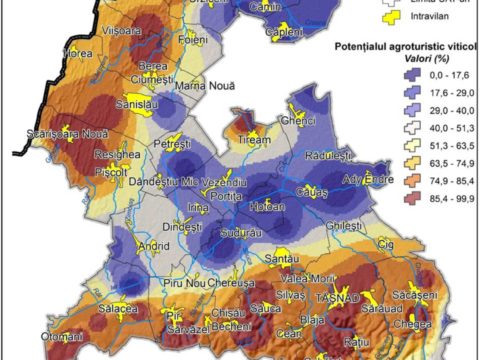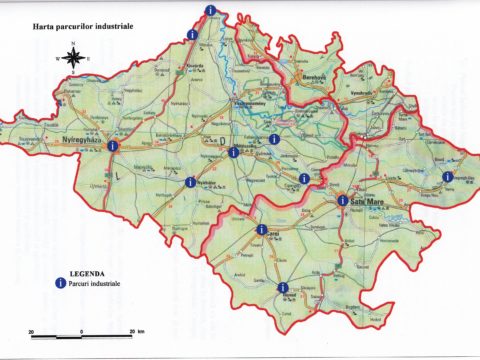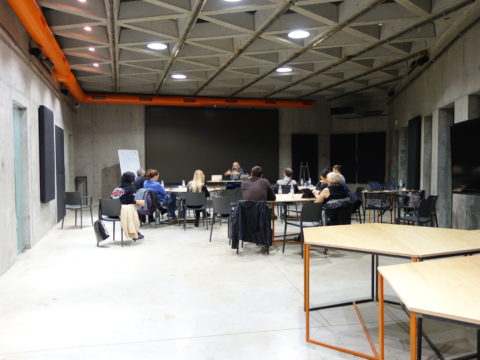Elaborare Plan de Amenajare a Teritoriului Județean Sălaj [The Sălaj County Spatial Plan] 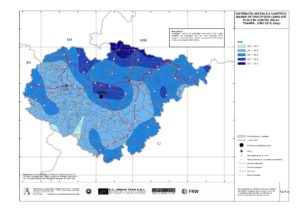
Period: 2018-2023
Beneficiary: Sălaj County Council
Prepared by: “Ion Mincu” University of Architecture and Urban Planning – Centre for Research, Design, Expertise and Consulting, S.C. Urban Team S.R.L., S.C. Quattro Design S.R.L., S.C. F&R Worldwide S.R.L., Babeş-Bolyai University – Faculty of Geography.
Coordinator of the UBB team of experts (2018-2021): Prof. Pompei Cocean, PhD
Coordinator of the UBB team of experts (2021-2023): Assoc. Prof. Sorin Filip, PhD
The Sălaj County Spatial Plan is part of the spatial planning documents elaborated under the aegis of the Centre for Regional Geography and the Faculty of Geography at Babeş-Bolyai University in Cluj-Napoca. As subcontractor of “Ion Mincu” University of Architecture and Urban Planning in Bucharest, the university faces the challenge of carrying out an up-to-date analysis of the implications the natural environment has on the other territorial components (habitats, infrastructure, economy etc.) and the impact of economic activities, corroborated with a SWOT analysis and the formulation of a development vision that would allow the county the opportunity to access funds for various development projects. Despite its central location, and theoretically benefiting from all the advantages derived from such a location, Sălaj County is far from being considered a region with a well-consolidated development. Moreover, the city of Zalău, the main pole of attraction in the county, fails to counterbalance the functions performed by the major neighbouring cities (Cluj-Napoca, Oradea, Baia Mare). The natural environment, which largely overlaps hilly areas, delimited by the Meseş and the Plopiş Mountains in the south-west, has led to an agricultural specialization of the county, either we refer to functional agricultural areas or to certain forest areas. Punctual industrial concentrations define primarily the cities and towns of the county (Zalău, Şimleu Silvaniei, Cehu Silvaniei, Jibou), while there are no tourist areas proper except for some local tourist attractions such as the Roman castrum in Porolissum, the wooden churches or certain spa areas.

